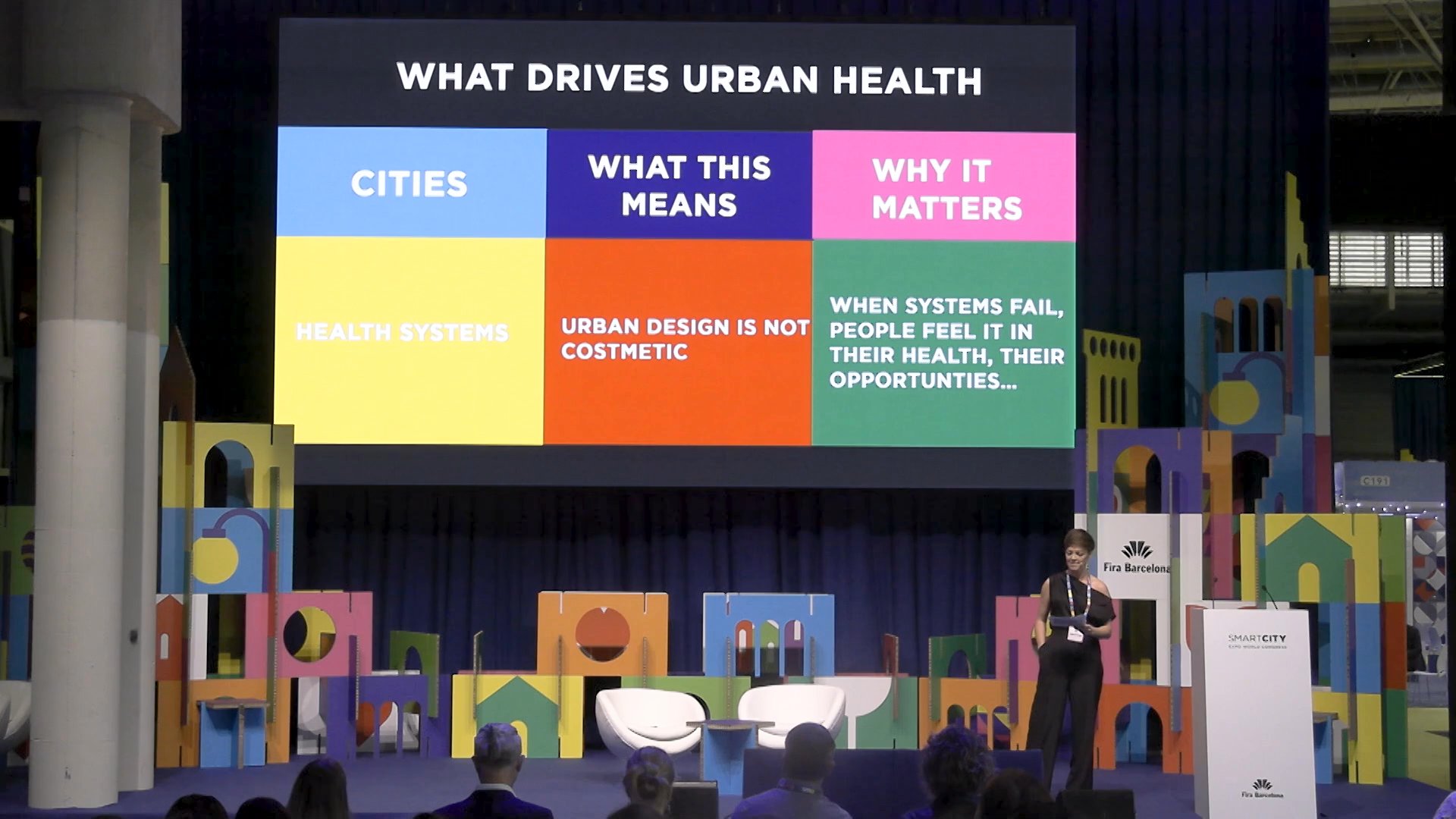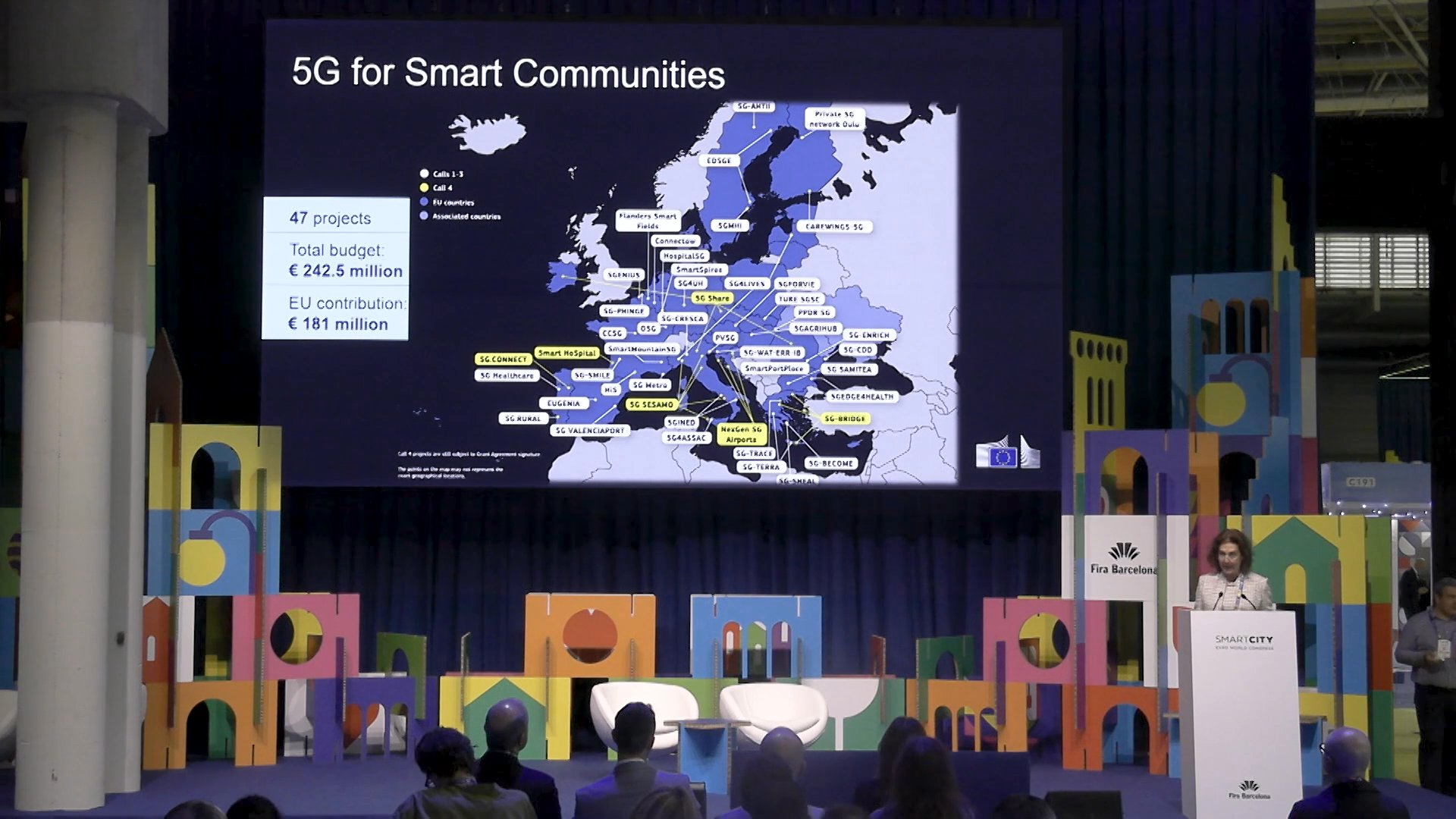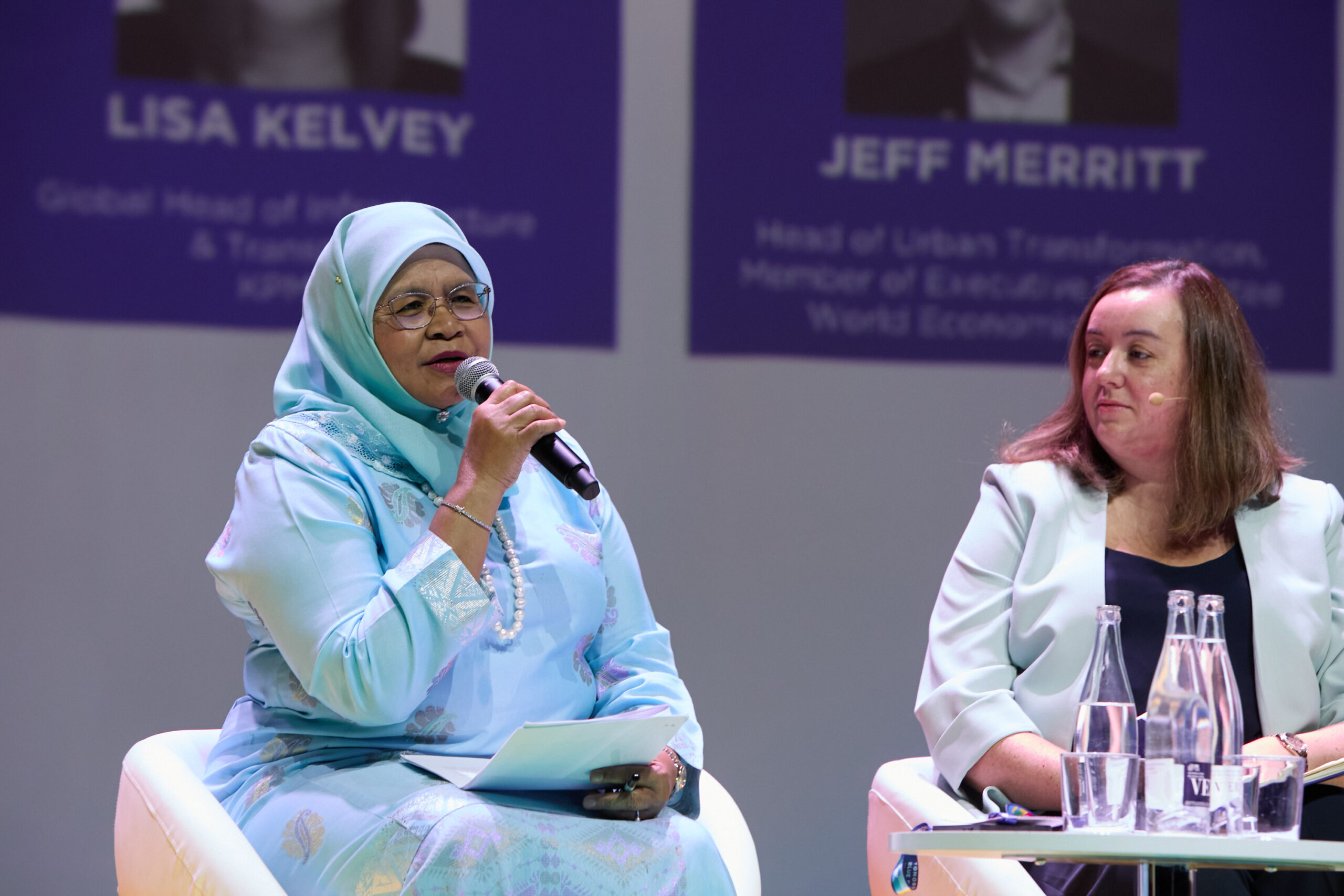Author | Lucía Burbano
The World Health Organization estimates that annually, between 750,000 to one million fatalities can be attributed to mosquito-borne illnesses. Mosquitoes stand out as the deadliest animals, not due to direct harm, but rather as vectors of diseases like malaria, dengue fever, Zika virus, and West Nile virus.
Controlling mosquitoes is essential to mitigate the impact of these diseases and halt their spread in developed nations. Numerous cities are using pioneering strategies to prevent the spread and reduce the risk of transmission.
THE MOSQUITO, THE MOST DANGEROUS INSECT

There are more than 3,500 mosquito species, however, only around one third have the capability to transmit diseases to humans. The problem is that mosquitoes live in most regions of the world. Their presence is more intense in wetlands and aquatic areas because they normally lay their eggs in stagnant waters and their larvae live in this medium. This is why tropical regions like Africa, Central America, South America, and Southeast Asia often experience high mosquito populations.
Adult mosquitoes live between 2 and 4 weeks, depending on the species and humidity and temperature conditions, among other environmental factors. Female mosquitoes bite humans and other animals, as they need the nutrients from the blood to develop their eggs.
Typically, mosquito bites result in skin swelling or itching due to the small amount of saliva left behind by the mosquito, triggering a reaction from our immune system. In certain instances, mosquitoes can also transmit infectious diseases by extracting viruses or bacteria from the blood of an infected individual and subsequently transmitting them to the next person they bite.
DISEASES THAT CAN BE TRANSMITTED BY MOSQUITOES
Malaria, dengue fever, Zika virus, yellow fever, and West Nile virus are among the most common diseases transmitted by mosquitoes.
- Malaria is caused by a bite by an infected Anopheles mosquito. Symptoms include fever, shivers, sweating and headache. In some cases it can cause jaundice, blood coagulation defects, shock, renal or hepatic failure and central nervous manifestations Recent data from the World Health Organization suggests that the prevalence of malaria has surged following the onset of the pandemic, with an estimated 250 million cases reported in 2022.
- Dengue. Common in tropical and subtropical areas of the world such as Southeast Asia, the Western Pacific Islands, Latin America and Africa. This year over 5 million cases have been detected worldwide. In its mildest version it causes high fever and flu-like symptoms. In its most serious version, dengue, also known as “hemorrhagic dengue fever,” can cause intense bleeding, sudden drop in blood pressure and death.
- Zika virus. This is transmitted by Aedes mosquitoes, which bite during the day. Symptoms are generally mild and include fever, rash, conjunctivitis, muscle and joint pain, malaise, or headache. Symptoms typically last for 2–7 days. Complications arise if it is transmitted during pregnancy, since it can cause congenital malformations, preterm birth, and miscarriage.
- Yellow fever. It derives its name from the jaundice that some patients develop after being bitten by infected mosquitoes. Symptoms include fever, headaches, muscle pain, nausea, vomiting and fatigue. It is endemic in tropical areas of Africa, Central America, and South America.
- West Nile Virus. Generally, this virus presents mild symptoms such as fever, headache, body aches, skin rashes or swollen lymph glands. However, if it enters the brain, it can cause swelling called encephalitis or inflammation of the tissue that surrounds the brain and the spinal cord, called meningitis.
HOW CAN CITIES PROTECT THEMSELVES FROM MOSQUITOES

Cities are used to combating ‘invisible’ enemies. The problem with mosquitoes is that, as a result of climate change and international transportation, leading to the emergence of severe diseases in cities where mosquitoes are typically not prevalent. In recent years, instances of dengue have been reported in Europe, while cases of malaria have emerged in the United States. These occurrences underscore the need to devise strategies within cities to protect against mosquito-borne diseases.
Controlling mosquitoes can be divided into two areas of responsibility: the individual area and the public one. Individual responsibility entails implementing actions such as installing mosquito netting in homes and utilizing traps that employ light, sound, or scent to effectively attract and capture mosquitoes.
In terms of the public area, this is executed under the concept of Integrated Mosquito Management (IMM). IMM is based on environmental, economic, and social criteria and it integrates multidisciplinary pest management methodologies to protect public health, the environment and to improve quality of life.
The IMM strategies are numerous. These include the reduction or elimination of the insect in its own source through, among others, biological control, placing species of fish such as the western Mosquitofish, which feed on mosquito larvae, in marshes and ponds.
Other non-chemical control methods for adult mosquitoes are invertebrate predators. Adult mosquito biological control by means of birds, bats, dragonflies, and frogs has been employed by various agencies.
PLACES THAT HAVE ALREADY ACHIEVED IT

The rural town of Ifakara, also known as ‘Mosquito City,’ in Tanzania, hosts the world’s largest captive mosquito colony. It is, quite literally, a laboratory where they study methods to combat malaria and other diseases transmitted by these insects, how to catch them, repel them and eliminate them. For example, they have discovered that mosquitoes use their memory to return to a household where they last obtained blood.
A pilot study was also launched in Colombia in 2018 using a mobile app created by Premise, a U.S. data and analysis company to identify and subsequently destroy mosquito breeding grounds. With the help of citizens, stagnant water sources could be identified and other potential mosquito colonies.
Once collected, all the data were recorded, georeferenced, photographed and finally submitted to the health authorities so they could take the corresponding action and to educate the community on how to eradicate colonies of mosquitoes.
In the Florida Keys, genetically modified mosquitoes have been deployed to control female reproduction, thereby mitigating the spread of diseases transmitted through their bites. Approximately five million Aedes aegypti mosquitoes were released, carrying a lethal gene targeted at female offspring, aiming to diminish the population of disease-carrying mosquitoes.
On Kunfunadhoo Island in the Maldives, mosquitoes were eliminated using ecological traps, avoiding the use of chemical products. These traps utilize carbon dioxide produced by fermenting yeast and sugar, along with lactic acid, to mimic the scent of human sweat and attract mosquitoes. By installing five hundred traps, the mosquito population fell by 98% in the first year.
Honduras is among the most recent countries to employ Wolbachia bacteria as a means of mosquito control. The approach, pioneered by the World Mosquito Program, involves injecting Wolbachia bacteria, naturally carried by other animals, into Aedes aegypti mosquitoes to diminish their capacity to transmit diseases such as dengue or Zika virus.
Given the scope of the public health threat due to mosquito-borne diseases, it is vital for cities with climates that favor the spread of mosquitoes to implement measures to avoid this. Appropriate public drainage is essential in order to prevent the appearance of larvae, and it is also vital to monitor municipal water deposits.
Photographs | Wikipedia Commons, Syed Ali, Marcus Neto, Shelby Cohron






















































